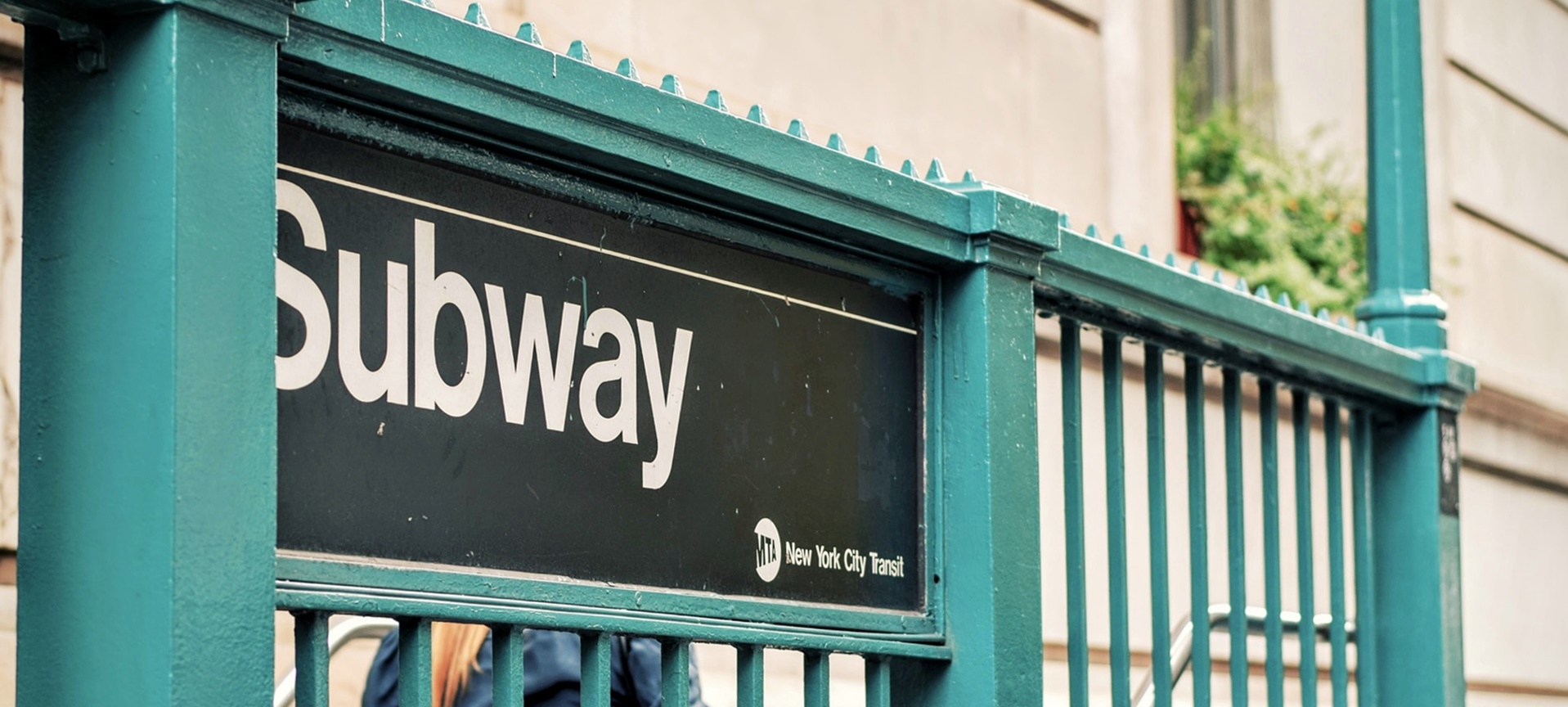In February 2018, New York’s District Attorney Office introduced a new policy which decriminalized fare evasion by shifting from court citations to administrative fines. The objective was to “reduce inequality and unnecessary incarceration” for skipping a fare of $2.75 at Metropolitan Transport Authority (MTA). A year later, statistics show a drop of 96% fare evasion prosecutions. In January 2018, the Office arraigned 742 cases, whilst it only arraigned 33 in January 2019.
Since the “decline-to-prosecute” policy became effective, officers have been able to better allocate their time. According to the NYPD, “recent fare evasion policy changes have reduced time-consuming arrests in favour of keeping transit officers on patrol where they ensure the safety for straphangers.”
Less prosecutions mean more fare evasion?
Whilst fare prosecutions decreased during 2018, revenue lost increased. MTA estimates losing $215 million to fare evasion in 2018. This doubles the amount lost in 2015. Consequently, the authority faces a potential budget deficit of almost $1 billion by 2022.
NYC Transit President Andy Byford pointed out the correlation between the softer fare enforcement policy and the increase in evasion. “Some people heard a message that now there is no penalty for fare evasion.”
District Attorney Vance, however, rejects the claim. He states that the policy does not prevent police officers from issuing civil and criminal tickets. In addition, he stresses the justice and equity behind decriminalizing fare evasion. “The results show that our city can address quality-of-life infractions civilly and rationally without sacrificing our safety.”
Re-alarmed fare gates
MTA has put alarms back on at emergency doors in order to tackle fare evasion at New York’s subway network After disabling 1,400 alarms five years ago due to commuters complaints, these are back at 10 selected stations. The aim is trying to discourage fare evaders from entering the system through those portals.
The initiative has generated a great deal of debate since many passengers dislike it. They think the sirens are useless and cause headache. In addition, some commuters need to use the emergency gates to walk bicycles or strollers, which cannot go through the turnstiles. Thus, the alarm feels like a public shaming.
MTA officials have not confirmed any of the stations where the alarms would be returning or for how long the program will last.
Other anti-fraud measures are anti-fare evasion posters, more “Eagle Teams” to enforce payments on buses and random “revenue protection blockades” in subway stations. Also, some officials are considering raising the fine for fare evading. This is currently $100.
Deeper insight
For more information on MTA’s fare evasion situation you can check the following article: Does less policing equal more fare beating on NYC subways?



